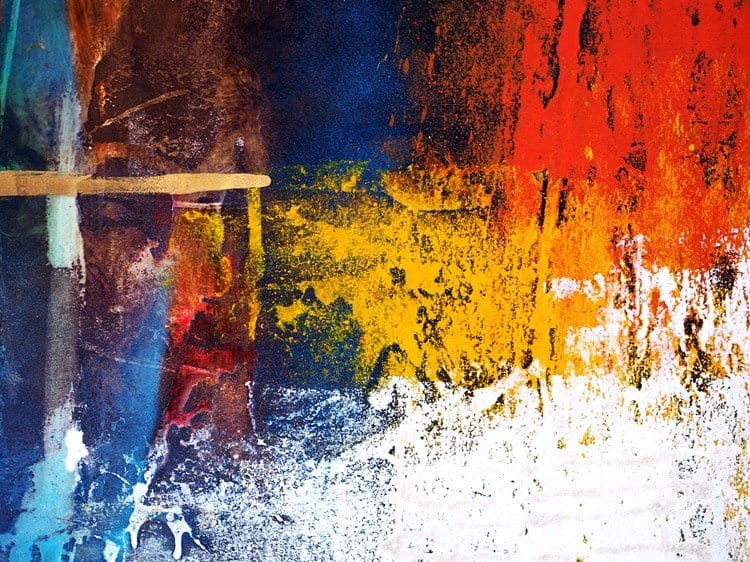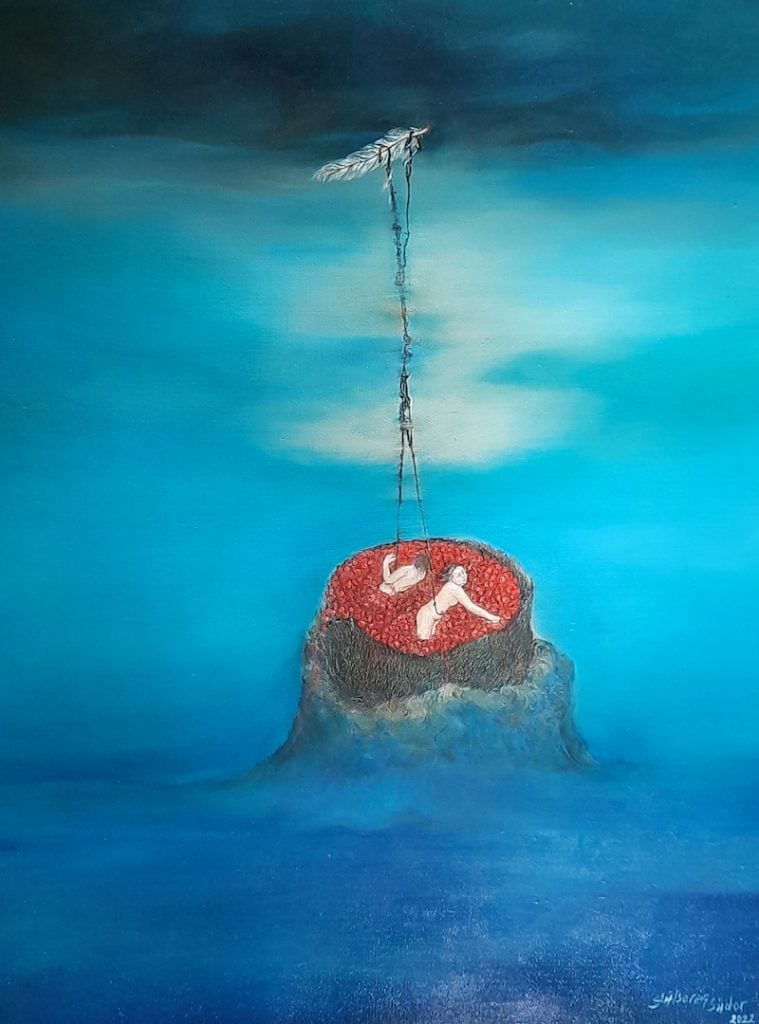
UV Photography for Examination of Artworks
As Forenscope, our multispectral imaging technologies have an active role in the analysis of artworks and artifacts as well as the applications in forensic sciences. The first diagnoses performed in art examinations are the visual analyses. Visual analyses are conducted first by examining the artworks/artifacts with the naked eye or magnifying glass in visible light and then by photographing them with numerous wavelengths. Different wavelengths provide insight into various issues during the examination. Forenscope Mobile Multispectral Forensic Tablet offers practical and compact solutions to visualize the material in a broad spectrum, including IR-UV-VIS with multiple filters.

Image 1: UV/VIS/IR – Forenscope Mobile Multispectral Forensic Tablet Camera Spectral Range
UV photography is a visual analysis method preferred by museums, auction houses, and galleries in terms of providing fast, undamaged detection in the analysis of artifacts and being more economical compared to other analysis methods. UV light plays an active role in detecting the dimensions of overpainting or previous restorations, and it is also used to obtain qualitative information in pigment identification -which needs to be supported by other analysis methods.
In principle, the UV light reflected on the artifact creates a visible fluorescence on the surface, which can vary according to many factors. These differences depend on the wavelength of the transmitted light, the wave range, the content of the material used, the type of pigments, varnishes, dyes, binders, the interactions of these materials, and their age. The lack of fluorescence in paintings – the most used media for UV photography- often indicates areas that have been retouched or freshly painted; however, some pigments, organic binders, and paints containing fluorescent substances can emit different radiations. Modern varnishes usually glow light blue, while older resins -depending on the age- show an intense green fluorescence; this allows us to have an idea about the interventions made on the artwork.
UV photography can be used on various artworks and artifacts such as paintings, murals, manuscripts, and marble statues, as well as antiques such as textiles, photographs, furniture, porcelain, ceramics, glass, paper, leather, ivory, gemstones, or pearl jewelry. Restorations, subsequent additions, and forgeries can be detected by different radiation/reflections occurring from adhesive, paper, paint, varnish, and other materials used later than the production year. Retouchings that are made in the last century may appear as black smears or purple blotches, or a modern varnish applied to an old painting can cause a different and brighter glow. When exposed to UV light, an old-carved marble or ivory object produces a dull white fluorescence, in contrast, newly cut/processed materials produce a bright purple fluorescence, making it easy to distinguish the differences. Likewise, the distinction between reprints and counterfeits of collectible original magazines and postcards can be easily made with UV imaging.
UV photography is also used in various applications such as detecting subsequent additions, distinguishing different layers when looking at the cross-section of the paint, identifying pigments on unvarnished/resinless surfaces, imaging the foxing – brown spots on paper caused by mold, and displaying silvering as a result of contamination in photographs.
Below are photographs of two paintings from the 21st century, one in oil (Img. 2) and the other in watercolor (Img. 4), taken with the Forenscope Mobile Multispectral Forensic Tablet using UV 1 light and a UV/VIS filter.

Image 2: Landscape oil painting (a) Photo taken under white light with UV/VIS filter and Full Spectrum filter. (b) The photo was taken under UV 1 light with UV/VIS filter and Full Spectrum filter.
When the landscape oil painting (Image. 2) was exposed to UV light, the oil paints did not show any distinctive fluorescence. However, significant fluorescence was detected in a few spots. In the photograph taken with white light, when these bright spots are zoomed in, it can be seen that the fluorescence does not occur as a result of brush strokes and therefore does not belong to any paint. When the picture taken with visible light versus UV light is compared, it is understood that the fluorescences belong to damage on the canvas and a liquid spilled on the painting (Image 2). It gives experts an idea of



